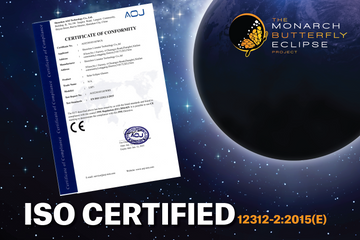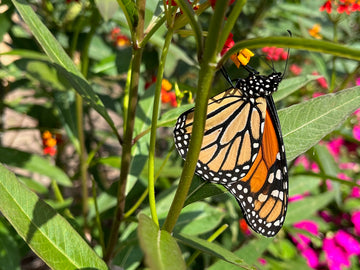The Monarch Butterfly migration from Mexico to Canada; a return trip for the multi generational Butterfly

The monarch butterfly migration from Mexico to Canada is a remarkable journey that spans thousands of miles and involves multiple generations of butterflies. Here's a detailed explanation of this migration, including key locations:
1. Overwintering Sites in Mexico:
- The journey begins in the overwintering sites in Mexico, specifically in the highlands of central Mexico, primarily in the states of Michoacán and Mexico. The most famous overwintering location is the Monarch Butterfly Biosphere Reserve in the Sierra Madre Mountains.
- Monarchs from eastern North America travel to these sites in late October and spend the winter there, clustering in colonies in oyamel fir trees. The cool, stable microclimate of these sites helps the butterflies conserve energy during the winter.
2. Spring Departure:
- As winter wanes and spring arrives, the overwintering monarchs become active. They typically start their northward journey in late February to early March.
- These butterflies leave Mexico and begin their migration towards their breeding grounds in the United States and Canada.
3. United States and Canada:
- Monarchs arriving in the United States and Canada are primarily the offspring of the overwintering generation.
- They lay eggs and complete their life cycle, creating new generations of monarchs.
- Monarchs spread across a wide range of habitats, including gardens, meadows, and agricultural fields in the eastern and central parts of North America.
4. Breeding and Staging Locations:
- Monarchs make several stops along the way during their northward migration. Some notable locations include:
- Texas: Monarchs often pass through Texas in the spring, where they feed on nectar and lay eggs on milkweed plants.
- The Midwest: Monarchs continue their journey through states like Oklahoma, Kansas, and Nebraska.
- Great Lakes Region: In the summer, monarchs occupy the Great Lakes region, including states like Michigan, Indiana, and Ohio.
- Southern Canada: By mid-summer, monarchs reach the southern parts of Canada, particularly in provinces like Ontario.
5. Multiple Generations and Continual Movement:
- Throughout the summer, several generations of monarchs are born, mature, and continue moving northward.
- The last generation of monarchs that emerges in late summer and early fall is known as the "super generation." This generation is distinct from the earlier ones as it has a much longer lifespan and is responsible for the long-distance migration back to Mexico.
6. Fall Migration to Mexico:
- The "super generation" of monarchs begins its journey back to the overwintering sites in Mexico in early fall, following a similar route used in the spring but in reverse.
- They navigate using various environmental cues, such as the position of the sun and the Earth's magnetic field, to find their way back to the overwintering locations.
7. Overwintering in Mexico:
- Monarchs arrive in Mexico in late October to early November and cluster in the oyamel fir trees to spend the winter.
This annual migration, encompassing multiple generations and covering vast distances, is a truly remarkable natural phenomenon. The monarch butterfly's navigation abilities and the cooperative effort of generations of butterflies are awe-inspiring. However, it's important to note that the monarch butterfly population faces challenges due to habitat loss and other factors, making conservation efforts crucial to their survival and the continuation of this incredible migration.





